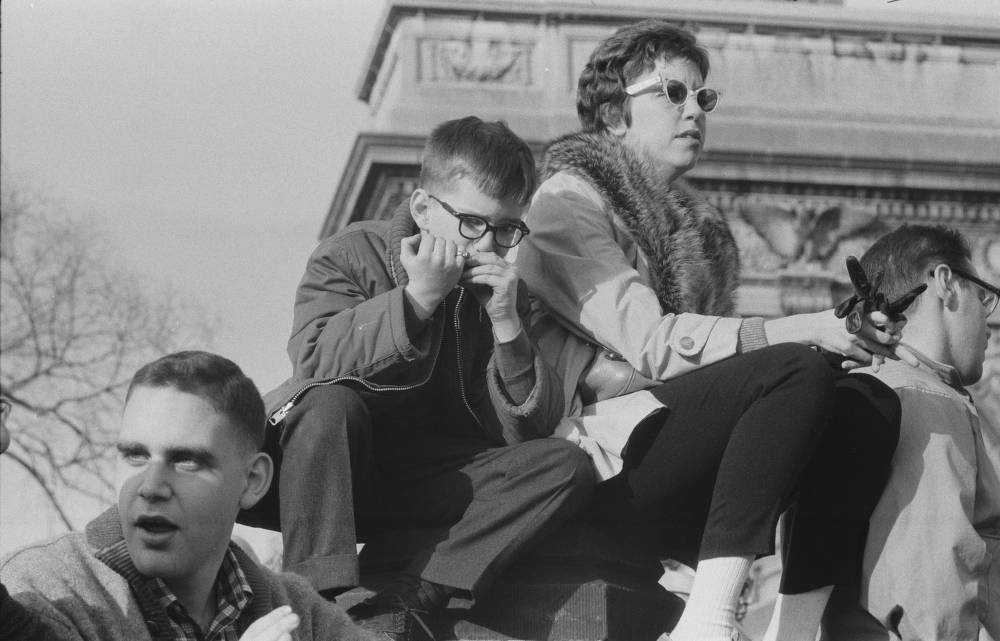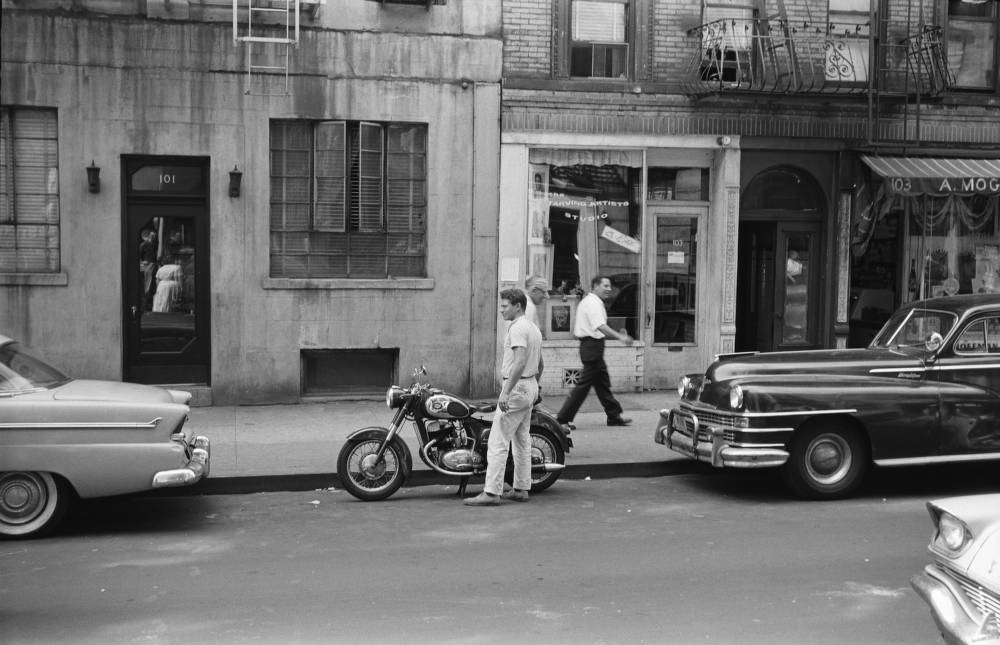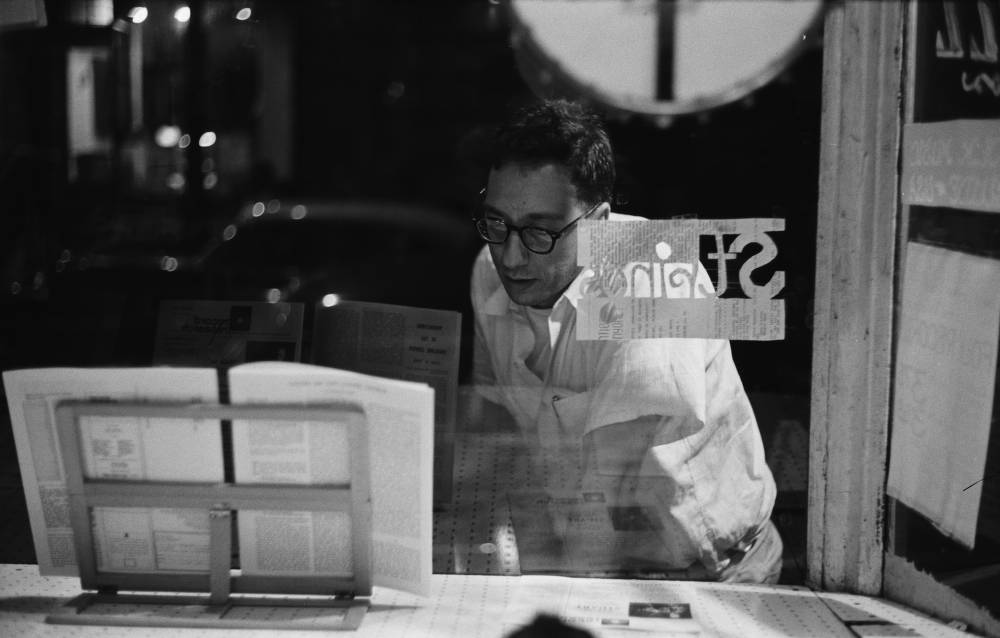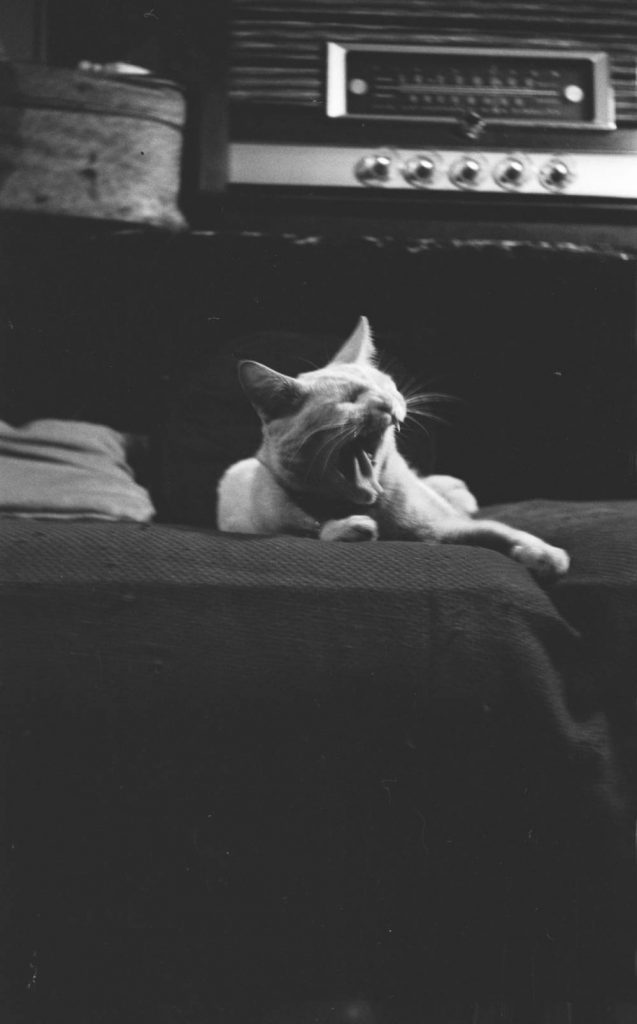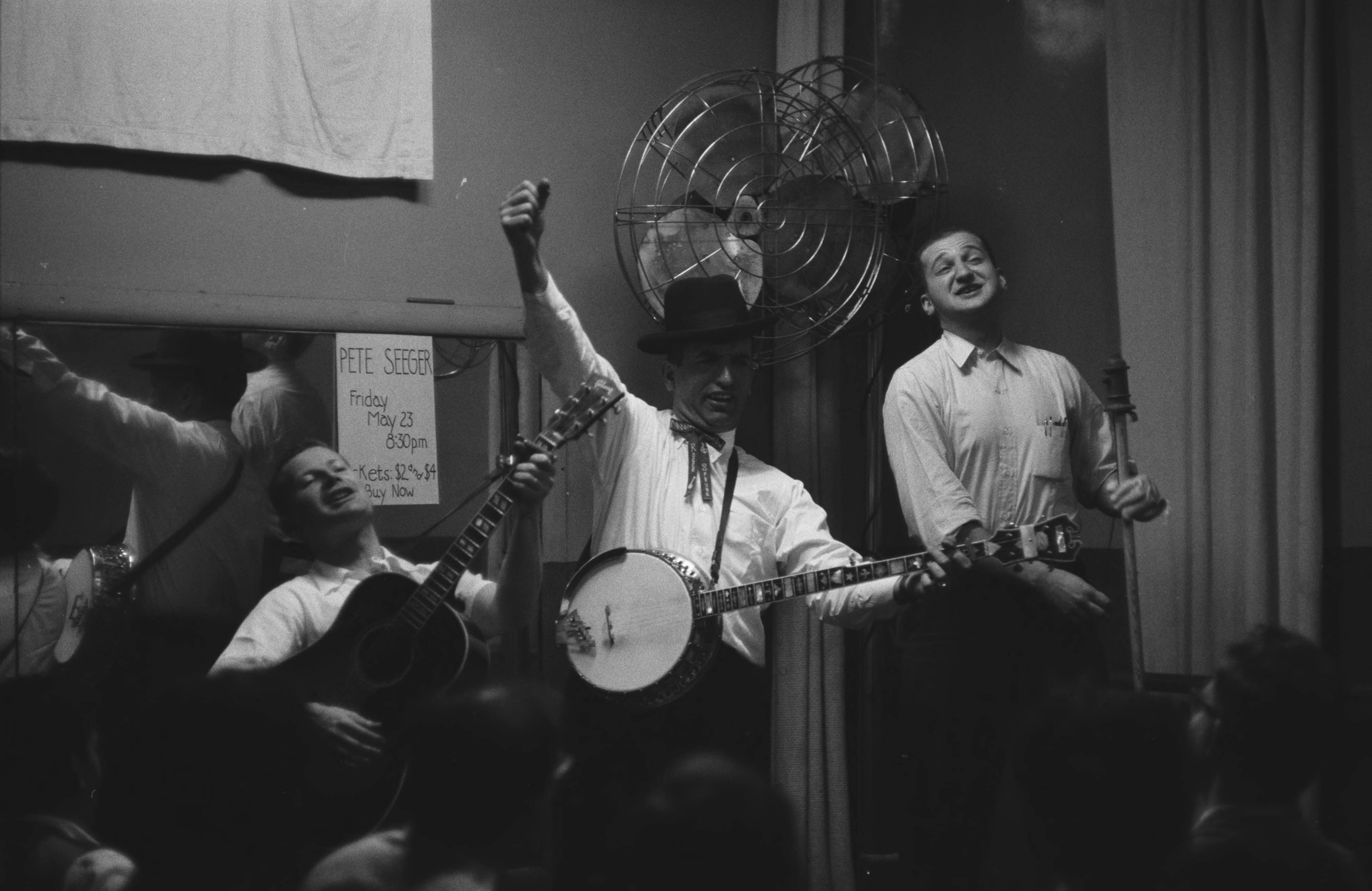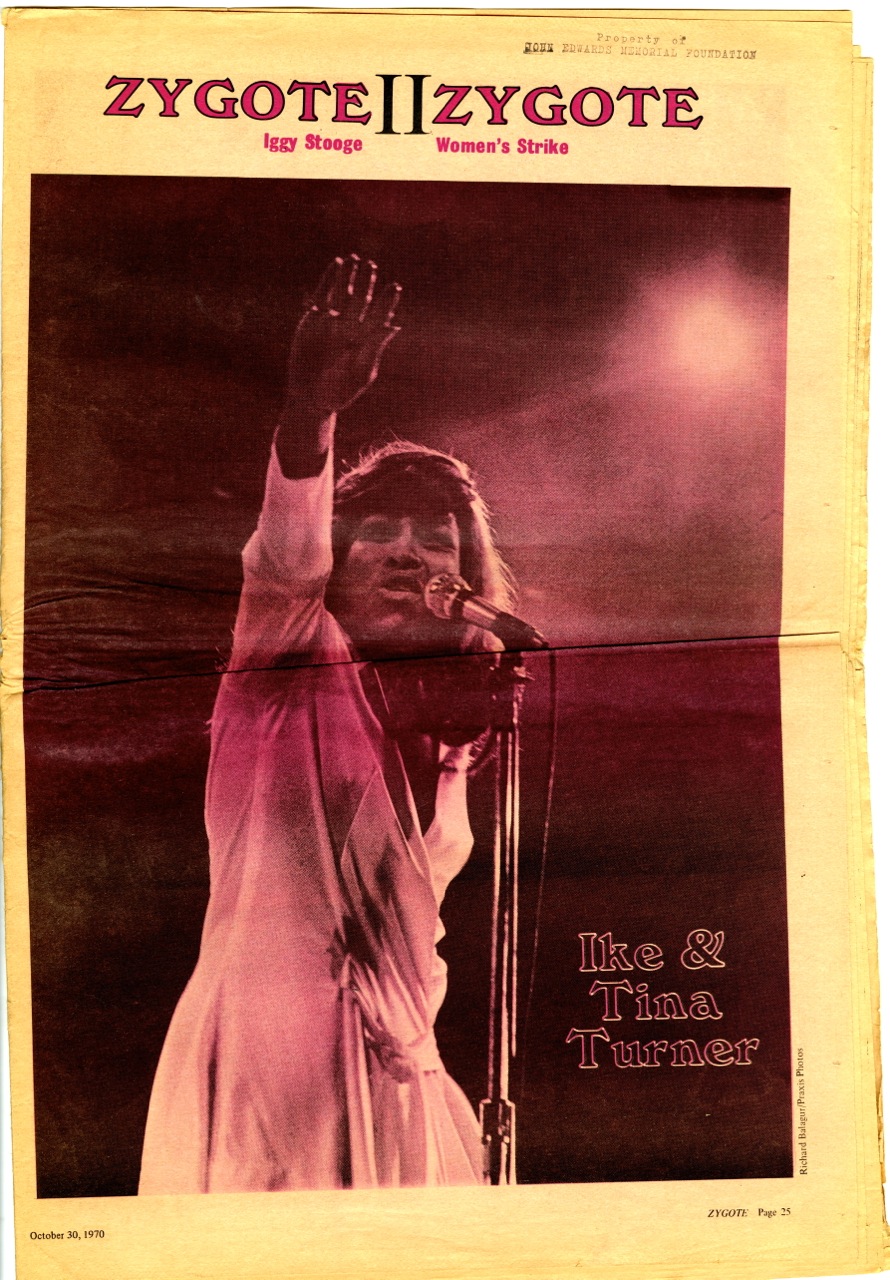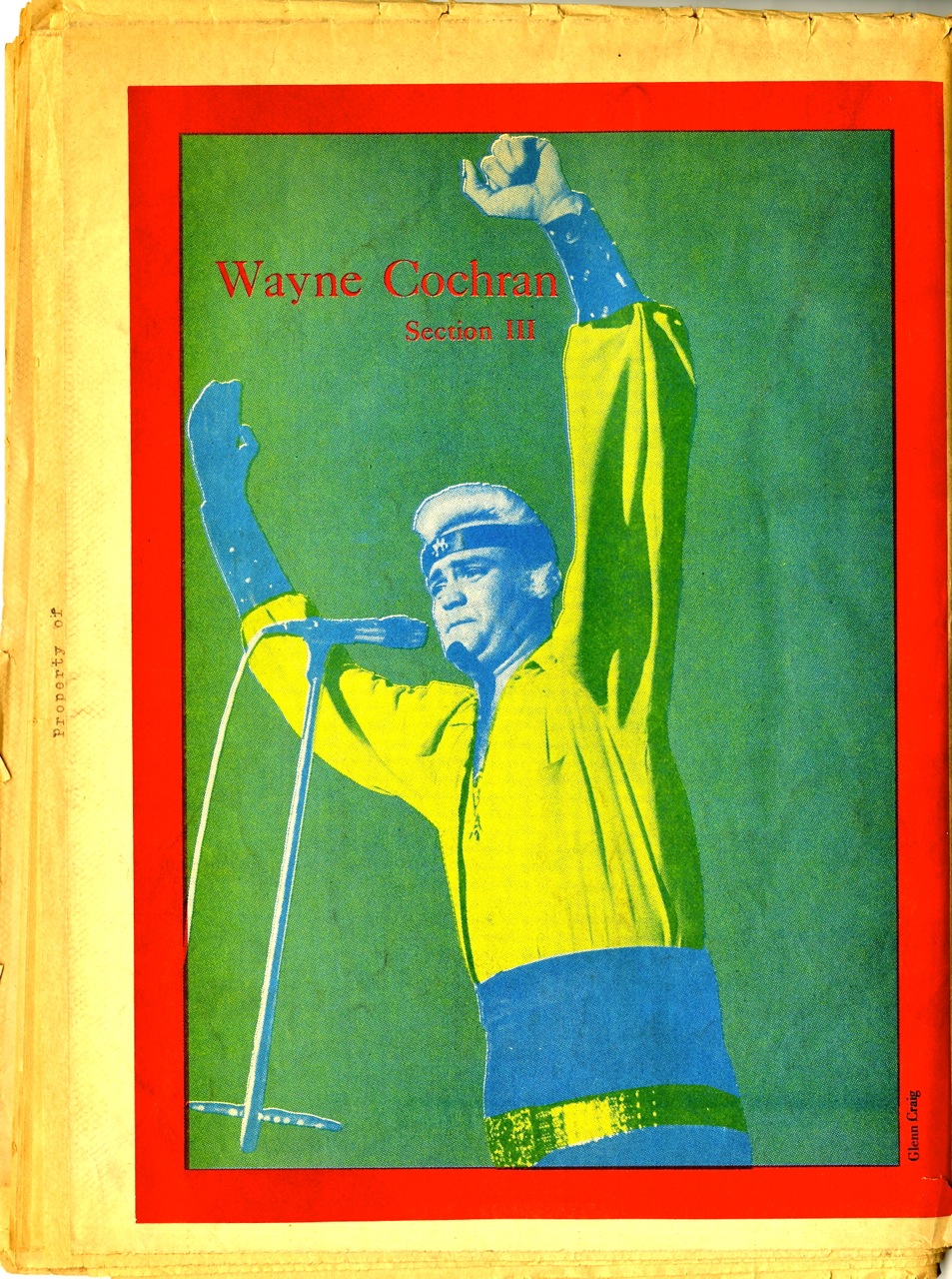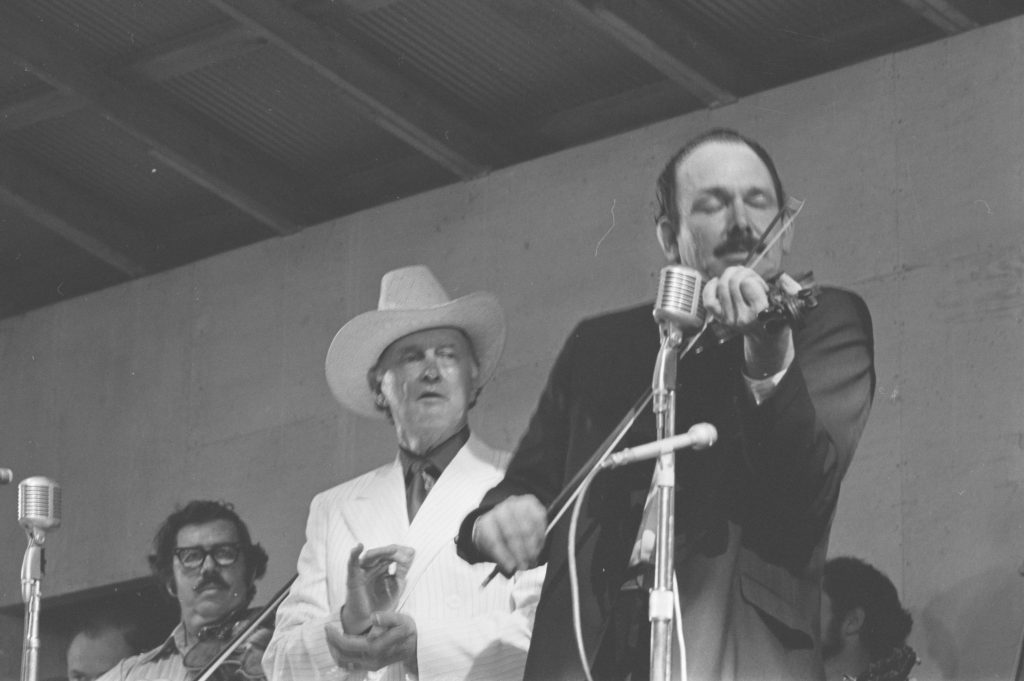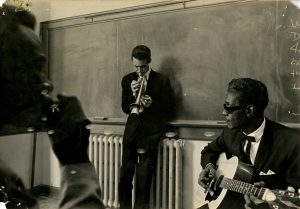
This picture, courtesy of the Mary Katherine Aldin Artist Files (#20485), was scanned to be considered for inclusion in a documentary about the singer and activist Barbara Dane, about which you can read more (and support!) here: https://www.barbaradane.net/documentary-film
We don’t know the photographer, but the picture was taken at the folk music club Ash Grove in Los Angeles in what was called “the classroom” — used for classes of the Ash Grove School of Traditional Folk Music during the day, and an extra hang out space for performers at night. From left are Joe Chambers (of the Chambers Brothers) with a harmonica, Dane’s long time musical collaborator Kenny Whitson on cornet, and Lightnin’ Hopkins on guitar.
The picture had been hanging on the wall of Aldin’s office at Ash Grove when the club burned down for the first time in 1969. With owner Ed Pearl’s permission, Aldin salvaged the picture from rubble and kept a framed version of it with Chambers cropped out. It wasn’t until the scan request that Aldin recalled the presence of Chambers in the foreground. Ed Pearl passed away in February of this year, and you can read more about his life and Ash Grove in his obituary in the Los Angeles Times: https://www.latimes.com/entertainment-arts/music/story/2021-02-09/ed-pearl-dead-ash-grove
Many live recordings from Ash Grove can be found in the Eugene Earle Collection (#20376), held by the SFC.
Barbara Dane first encountered the Chambers Brothers performing as a gospel group at Ash Grove on the same bill as her and Hopkins, and took them on the road, recording an album with them (Barbara Dane and the Chambers Brothers, released by Folkways) and performing at the 1965 Newport Folk Festival. Dane also recorded a session with Hopkins in 1964 for Arhoolie Records that was released in 1996 as Sometimes I Believe She Loves Me.
The SFC has a small collection of sound recordings on instantaneous disc from Dane (Barbara Dane Collection, #20412), and the collection of her late husband, folklorist and longtime editor of Sing Out! (Sing Out! Collection, #20550), as well as co-founder of their record label Paredon Records, Irwin Silber (Irwin Silber Collection, #20432). The Paredon Records archive can be found in the Ralph Rinzler Archives at the Smithsonian.
See the preview of the documentary, The Nine Lives of Barbara Dane, below:


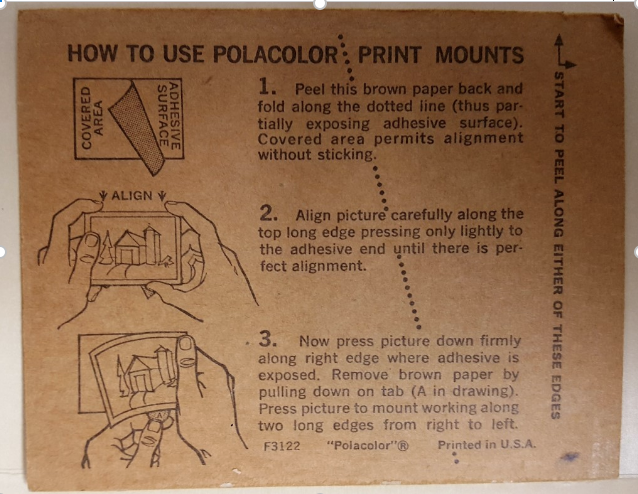
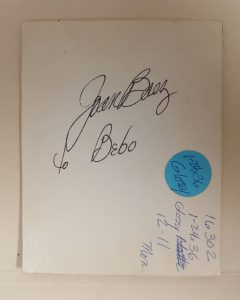
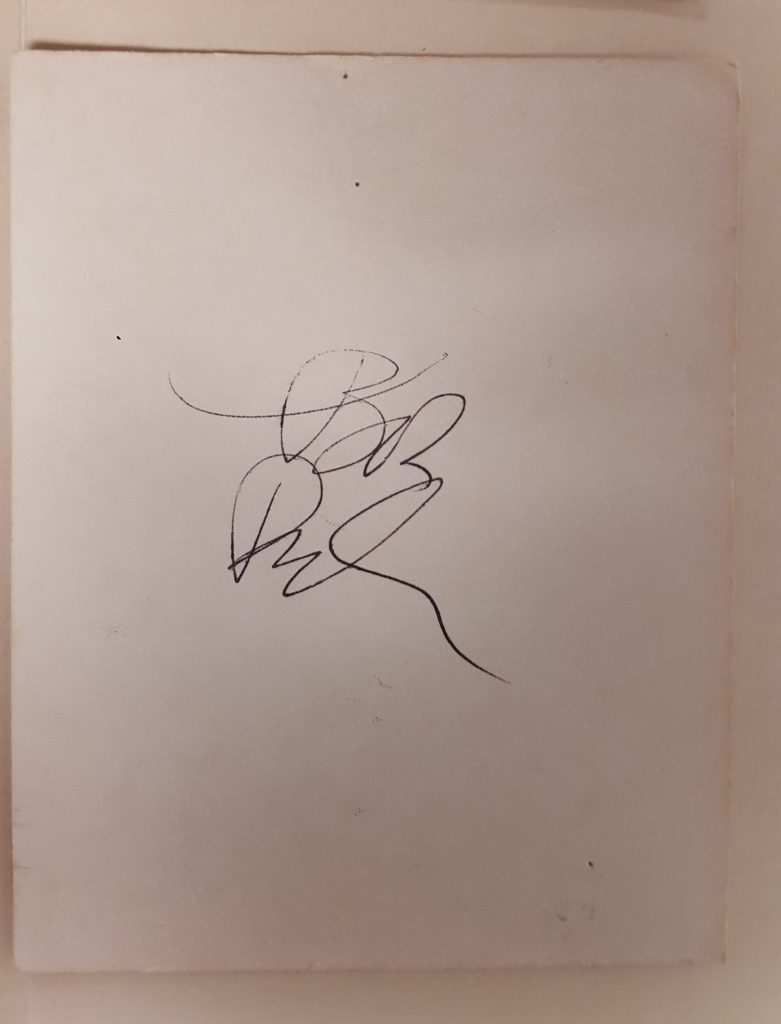

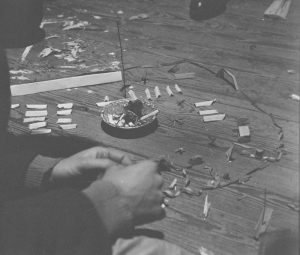
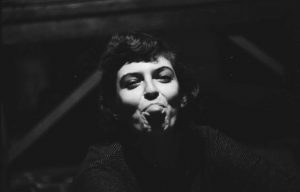
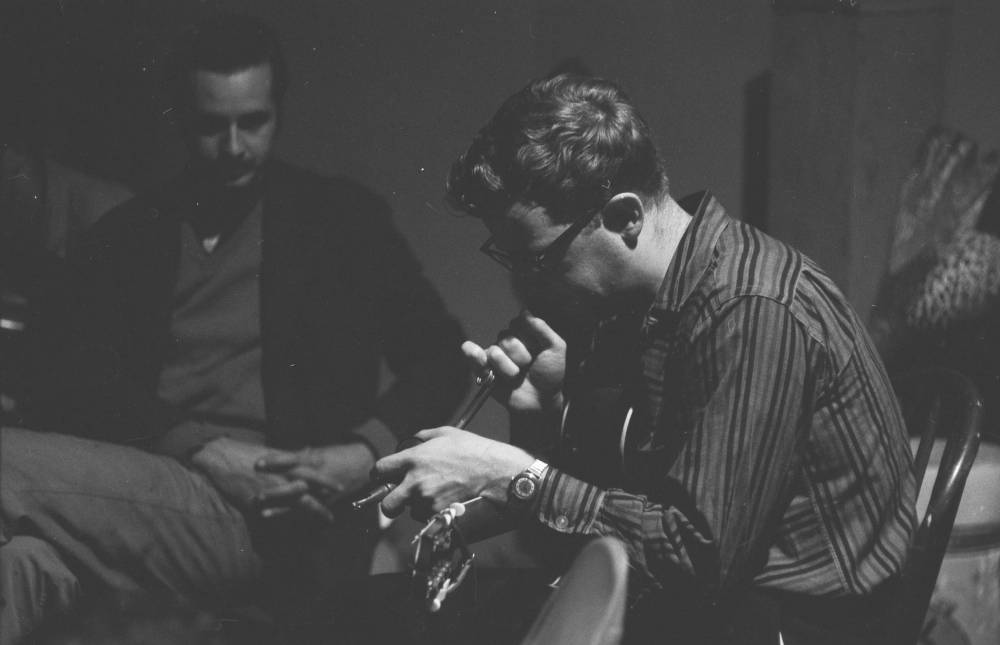




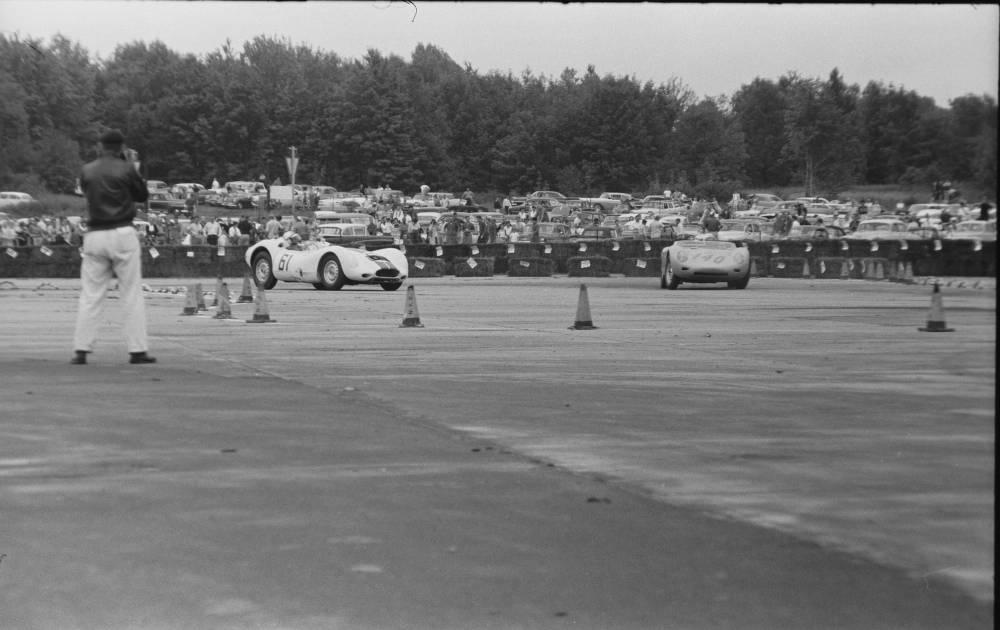
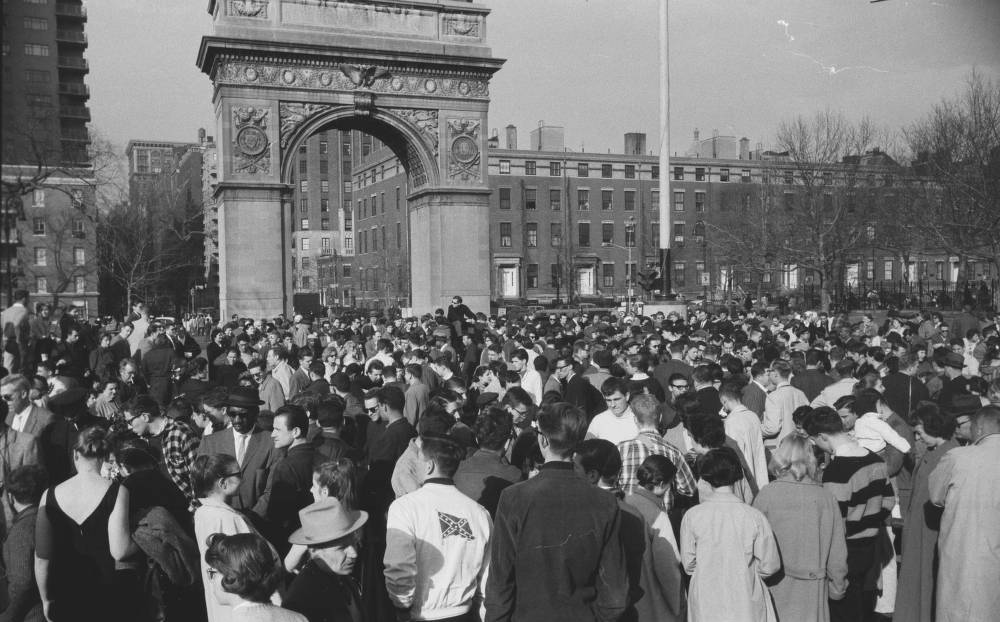 20239_pf0082_01_0006. Crowd in Washington Square Park, 5 May 1959. Photo by Aaron Rennert. Photo-Sound Associates, Ron Cohen Collection (20239).
20239_pf0082_01_0006. Crowd in Washington Square Park, 5 May 1959. Photo by Aaron Rennert. Photo-Sound Associates, Ron Cohen Collection (20239).